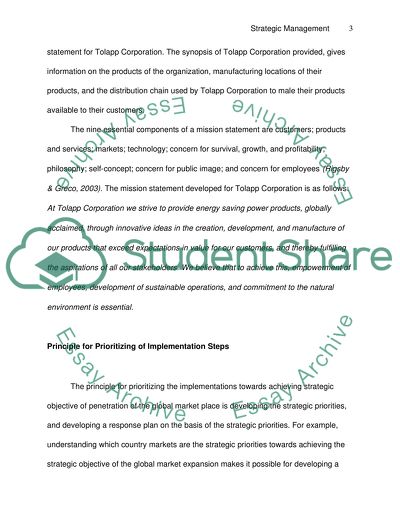Cite this document
(“Strategic Management Essay Example | Topics and Well Written Essays - 2250 words”, n.d.)
Strategic Management Essay Example | Topics and Well Written Essays - 2250 words. Retrieved from https://studentshare.org/other/1399978-strategic-management
Strategic Management Essay Example | Topics and Well Written Essays - 2250 words. Retrieved from https://studentshare.org/other/1399978-strategic-management
(Strategic Management Essay Example | Topics and Well Written Essays - 2250 Words)
Strategic Management Essay Example | Topics and Well Written Essays - 2250 Words. https://studentshare.org/other/1399978-strategic-management.
Strategic Management Essay Example | Topics and Well Written Essays - 2250 Words. https://studentshare.org/other/1399978-strategic-management.
“Strategic Management Essay Example | Topics and Well Written Essays - 2250 Words”, n.d. https://studentshare.org/other/1399978-strategic-management.


